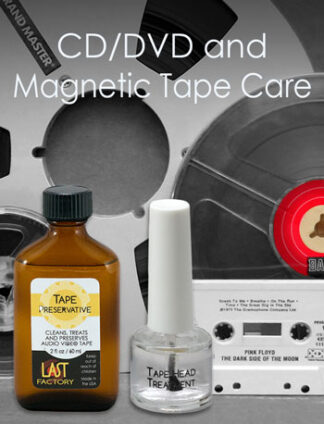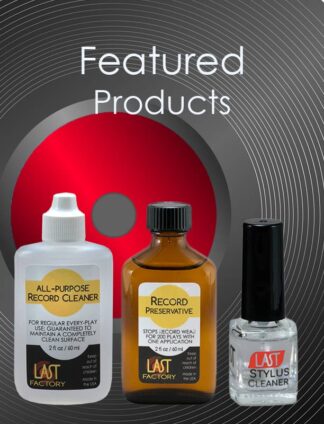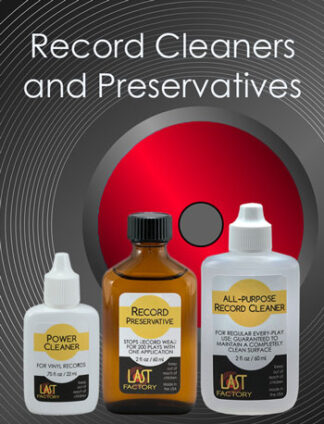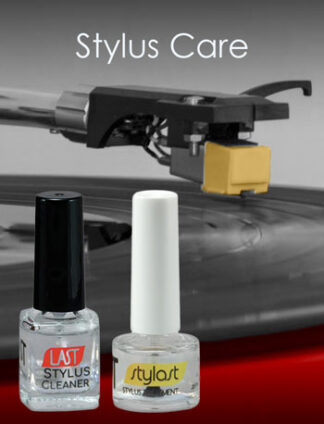Do you have any information on:
1) Applying LAST Tape Head Treatment to the guides/heads of a vcr?
2) Applying LAST Tape Preservative to audio cassette tape and video cassette tape?
Thanks in advance.
Regardless of your answers, I’ll be a first time buyer of both LAST tape products shortly for my reel-to-reel tape. – J.B.
[UPDATE: While we do not get many requests these days (2023) about VCR tapes, if you are dealing with them we suggest extreme caution, the interior of these machines have delicate moving parts. Walter’s notes below give a hint of that. We suggest using a service to get that VCR tape copied to DVD and back away slowly! Cassettes however are still in consistent use and treatment is useful and desirable. We have created a treatment fixture that you can 3D print yourself (or buy one from us) and while it is still a DIY project, it is easy and reliable. See our new notes below regarding our gadget!! -Jeff]Applying Head treatment to the movable guides of a VCR transport is (in my experience) straight forward, if the unit is accessible and the top cover can be removed. The application of Tape Head Treatment to the rotating head of a VCR may not be advisable. Applying Tape Head Treatment only to the very tiny active pickup part of the head is straight forward and easy to accomplish. But, applying Tape Head Treatment to the entire surface of the rotating head could lead to adhesion effects that could place too great a load on the head rotor motor. The use of Tape Head Treatment brings about improved tape/head contact. This is beneficially helpful with fixed heads with a relatively small contact area. In the case of VCRs, because the tape is wrapped around a head “drum” and the contact area is very large, the improved tape/head contact may place too great a load on the mechanism.At one time, there were numerous mechanisms available that were touted as Tape Rewinder/Cleaner or Tape Maintenance System available at Radio Shack and electronics dealers. Radio Shack had a manual, gear driven winder for cassettes that was very modestly priced. Many of the VCR devices had a felt covered post to which one applied “Cleaner Fluid” that was just water mixed with isopropyl alcohol. If you can find one of these, the felt post could be saturated with Tape Preservative. Running a tape through the machine would clean and treat the tape at the same time.I took an old portable cassette player, removed the play/record head, and replaced it with a small plastic cylinder. The cylinder has an aperture on one side that is just slightly wider than the width of cassette tape and is filled with a piece of felt. I place Tape Preservative in the top of the cylinder and engage fast wind. The tape is cleaned and treated in one step.Because Tape absorbs moisture from the atmosphere, I recommend drying the tape prior to treatment with Tape Preservative. I am not recommending “Baking” as is practiced. This subjects the media to very high thermal and mechanical stresses. Instead, magnetic media should be dried in a vacuum chamber or placed into sealed plastic enclosures that have active silica gel in the bottom that will lead to the desired drying action..Please take a look at our web-site for further discussion. Please do not hesitate to call if I can answer any further questions.Thank you for your questions!Best regards, Walter DaviesNEW INFO: For cassettes, we developed a simple mount that holds a swab and pipette on a winding cassette tape, as long as you have some form of winder. Walter described his winder above, we still have a similar one at the factory, but now we just use our Cassette Hero gizmo to do the treatment. Super simple. You can get either the 3D printable files or the fully built kit on our CD/DVD/Tape page here: https://thelastfactory.com/product-category/cd-dvd-care/
And as he says, you should consider dehydrating your tape first, prior to treatment, if your tape has been in a high humidity environment.-Jeff





